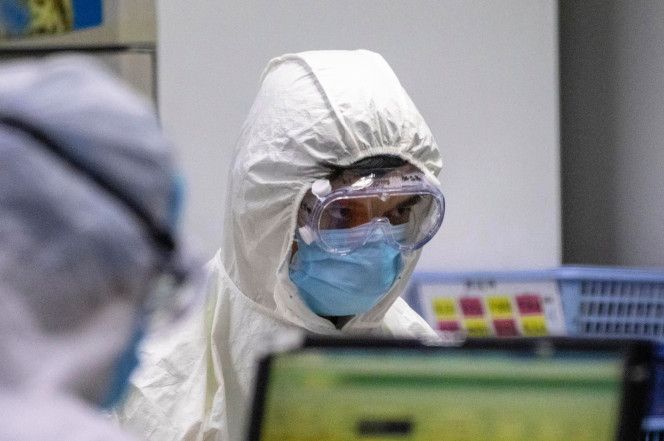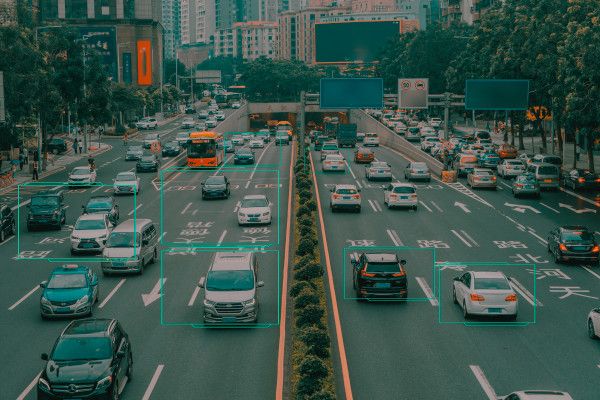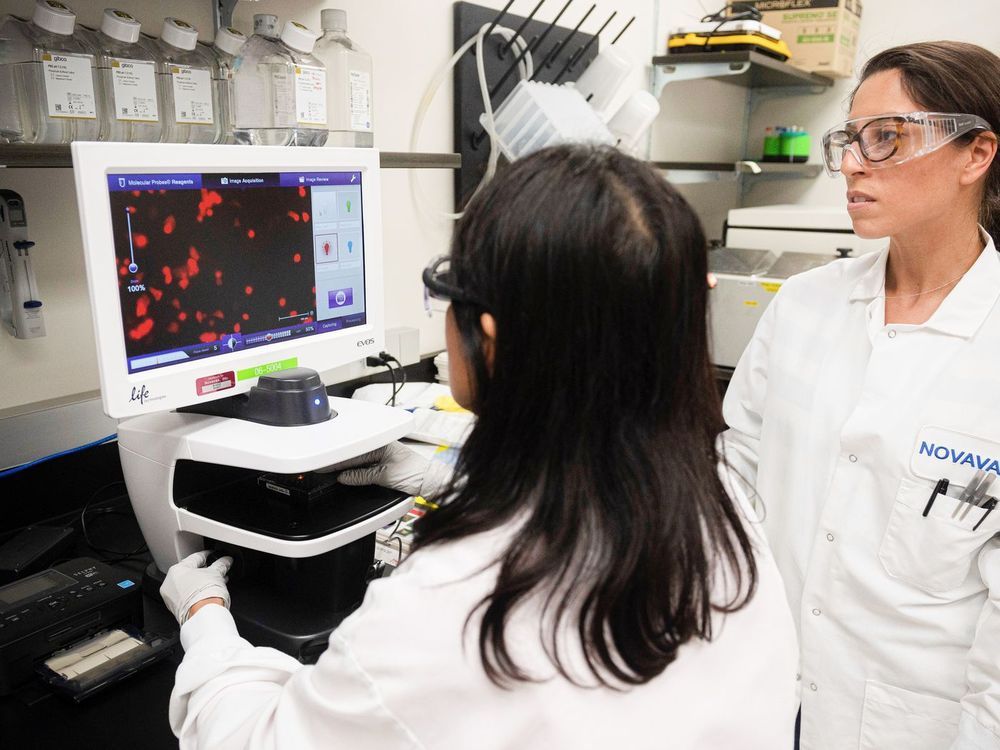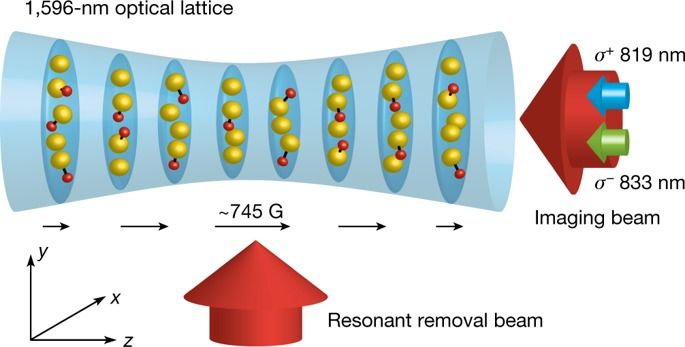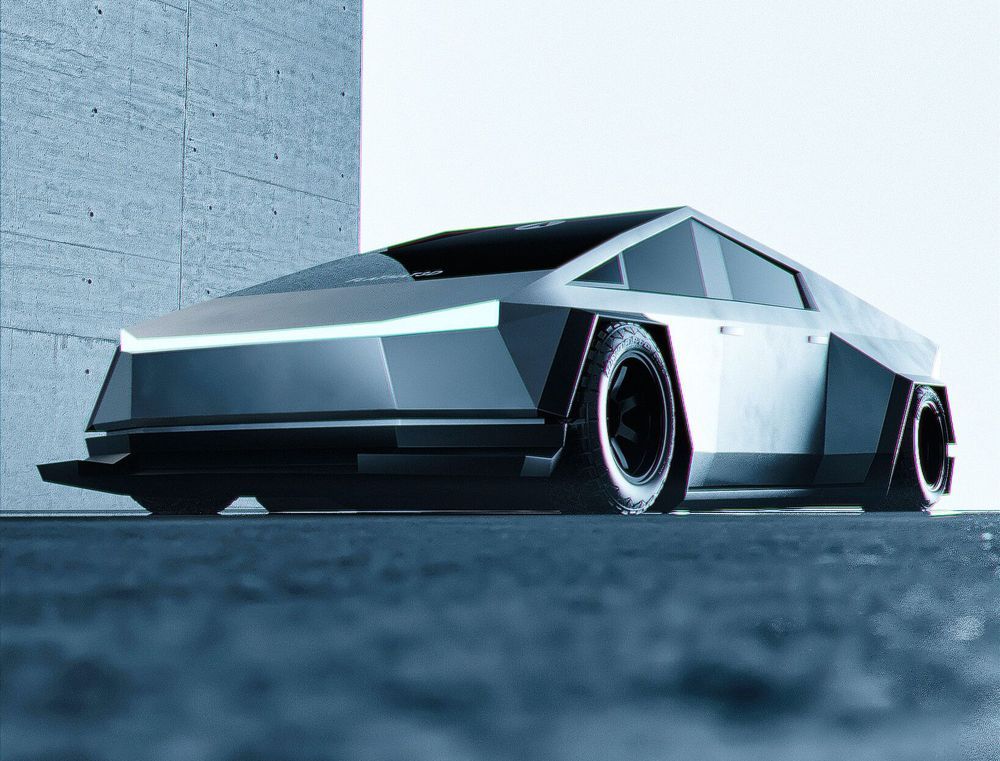Page 6736
Apr 9, 2020
Amid confusion over virus symptoms, Israeli scientist creates a sniff test tool
Posted by Omuterema Akhahenda in category: biotech/medical
An Israeli scientist is urging people to ask a simple question daily to save lives from coronavirus: can I smell? There is widespread confusion about how to identify coronavirus symptoms, as several of them are similar to symptoms of flu and the common cold. But Noam Sobel says that there is one highly unusual pattern, a sudden inability to smell, and he has built a website to help people keep tabs on their odor-assessing abilities. People are signing up from all over the world, at an average rate of 200 per hour.
Smell garlic and toothpaste and save lives from coronavirus: It’s not a folk cure, but a Weizmann Institute initiative, and 200 people an hour are joining.
Apr 9, 2020
Scientists use the Tokyo Skytree to test Einstein’s theory of general relativity
Posted by Genevieve Klien in category: satellites
In another verification of the validity of Einstein’s theory of general relativity, published in Nature Photonics, scientists from the RIKEN Center for Advanced Photonics and Cluster for Pioneering Research, with colleagues, have used two finely tuned optical lattice clocks, one at the base and one on the 450-meter observatory floor of Tokyo Skytree, to make new ultraprecise measurements of the time dilation effect predicted by Einstein’s theory of general relativity.
Einstein theorized that the warping of time-space by gravity was caused by massive objects. In line with this, time runs more slowly in a deep gravitational field than in a shallower one. This means that times runs slightly more slowly at the base of the Skytree tower than at the top.
The difficulty with actually measuring the change in how quickly clocks run in different gravity field is that the difference is very small. Performing a stringent test of the theory of relativity requires either a very precise clock or a large difference in height. One of the best measurements so far has involved large and complex clocks such as those developed by the RIKEN group, which can measure a difference of around a centimeter in height. Outside the laboratory, the best tests have been taken by satellites, with altitudes that are thousands of kilometers different. Such space experiments have constrained any violation of general relativity to about 30 parts per million, a tremendously precise measurement that essentially shows Einstein to be correct.
Apr 9, 2020
Computers Evolve a New Path Toward Human Intelligence
Posted by Genevieve Klien in categories: information science, robotics/AI
By ignoring their goals, evolutionary algorithms have solved longstanding challenges in artificial intelligence.
Apr 9, 2020
Whistleblower doctors say coronavirus reinfection even deadlier
Posted by Nicholi Avery in category: biotech/medical
The doctor added that the virus has “outsmarted all of us,” since he says it’s able to hide symptoms for up to 24 days — which contradicts current guidance that the incubation period is two weeks.
Chinese doctors sounding the alarm on the coronavirus say the illness could be even deadlier for patients who catch it again, according to a report.
The whistleblowing physicians working to fight the virus in Wuhan, the epicenter of the outbreak, revealed that medically cleared patients have been getting reinfected, the Taiwan News reported.
Continue reading “Whistleblower doctors say coronavirus reinfection even deadlier” »
Apr 9, 2020
DARPA snags Intel to lead its machine learning security tech
Posted by Genevieve Klien in categories: cybercrime/malcode, information science, military, robotics/AI
Chip maker Intel has been chosen to lead a new initiative led by the U.S. military’s research wing, DARPA, aimed at improving cyber-defenses against deception attacks on machine learning models.
Machine learning is a kind of artificial intelligence that allows systems to improve over time with new data and experiences. One of its most common use cases today is object recognition, such as taking a photo and describing what’s in it. That can help those with impaired vision to know what’s in a photo if they can’t see it, for example, but it also can be used by other computers, such as autonomous vehicles, to identify what’s on the road.
But deception attacks, although rare, can meddle with machine learning algorithms. Subtle changes to real-world objects can, in the case of a self-driving vehicle, have disastrous consequences.
Apr 9, 2020
A guide to the vaccines and drugs that could fight coronavirus
Posted by Omuterema Akhahenda in categories: biotech/medical, policy
The global race to make a vaccine and treatment for the Covid-19 coronavirus is well underway as the epicenter of the pandemic is now shifting toward the United States.
Many of the vaccine and drug development efforts are building on past efforts to deal with other viral outbreaks, including coronaviruses like MERS and SARS — which means researchers had a head start with Covid-19. In the US, a phase 1 clinical trial of a vaccine is already underway.
Apr 9, 2020
Collisional cooling of ultracold molecules
Posted by Quinn Sena in categories: chemistry, particle physics, quantum physics
Since the original work on Bose–Einstein condensation1,2, the use of quantum degenerate gases of atoms has enabled the quantum emulation of important systems in condensed matter and nuclear physics, as well as the study of many-body states that have no analogue in other fields of physics3. Ultracold molecules in the micro- and nanokelvin regimes are expected to bring powerful capabilities to quantum emulation4 and quantum computing5, owing to their rich internal degrees of freedom compared to atoms, and to facilitate precision measurement and the study of quantum chemistry6. Quantum gases of ultracold atoms can be created using collision-based cooling schemes such as evaporative cooling, but thermalization and collisional cooling have not yet been realized for ultracold molecules. Other techniques, such as the use of supersonic jets and cryogenic buffer gases, have reached temperatures limited to above 10 millikelvin7,8. Here we show cooling of NaLi molecules to micro- and nanokelvin temperatures through collisions with ultracold Na atoms, with both molecules and atoms prepared in their stretched hyperfine spin states. We find a lower bound on the ratio of elastic to inelastic molecule–atom collisions that is greater than 50—large enough to support sustained collisional cooling. By employing two stages of evaporation, we increase the phase-space density of the molecules by a factor of 20, achieving temperatures as low as 220 nanokelvin. The favourable collisional properties of the Na–NaLi system could enable the creation of deeply quantum degenerate dipolar molecules and raises the possibility of using stretched spin states in the cooling of other molecules.
Apr 9, 2020
Thousands of Swallows and Other Birds Die in Greece After Migration
Posted by Quinn Sena in category: futurism
O.,o definitely odd still unknown the cause.
Wildlife groups in Greece say that thousands of swallows and other migratory birds have died in Greece in the last few weeks, unable to recover from the exhausting journey from Africa, made even worse this year due to the chilly weather conditions.
Scientists say that persistent strong northerly winds over the Mediterranean and the Aegean have exhausted the birds, who have been spotted in their thousands walking on streets instead of flying as they try to recover.
Continue reading “Thousands of Swallows and Other Birds Die in Greece After Migration” »
Apr 9, 2020
Tesla is releasing a ‘Plaid’ Cybertruck, and it’s a Ford F-150 Raptor Killer
Posted by Genevieve Klien in categories: Elon Musk, sustainability, transportation
In what seems to be the automotive equivalent of a brazen act intended to show dominance, Elon Musk has announced on Twitter that Tesla will be releasing a “Plaid” version of the Cybertruck. Musk did not provide further details in his tweet, though there is little doubt that the feature will make the already daunting Tri-Motor pickup into something downright scary for its fossil fuel-powered rivals like the Ford F-150 Raptor.
Elon Musk’s Plaid Cybertruck revelation was shared on Twitter late Wednesday. While responding to Tesla owner-enthusiast and Third Row Podcast member Sofiaan Fraval, Musk stated that he would be driving a Plaid version of the all-electric pickup truck for personal use. This came as a pleasant surprise to the EV community, especially since this is the first time that such a version of the Cybertruck has been mentioned.
Elon Musk has mentioned in the past that the Tesla Cybertruck will have the handling and performance of a sports car, and this was highlighted during the vehicle’s unveiling event. Apart from showcasing its strength by having the hulking all-electric pickup pull a Ford F-150 like a rag doll, Tesla also featured the Cybertruck drag racing a Porsche 911, and crushing the iconic sports car in the process. These are bold demonstrations, and each was met with equal parts excitement and skepticism from the auto community.




